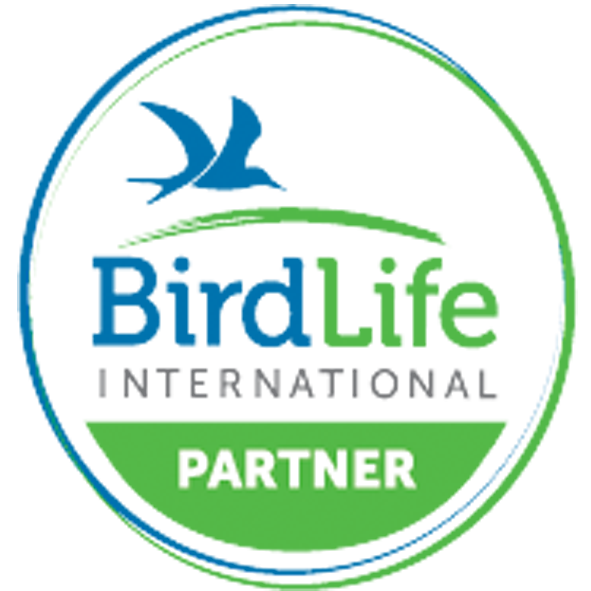【鳥巢幼鳥救傷指南】
踏入雀鳥繁殖季,我們不時收到市民查詢:
「有雀鳥在我家附近築巢應如何處理?幼鳥跌出巢外怎麼辦?救還是不救?」
首先,若你遇到鳥巢或幼鳥,請謹記「三不原則」:不干擾、不傷害、不拐帶。
事實上,幼鳥往往會於學飛階段會離巢活動,又或被其他幼鳥推出巢外,而親鳥通常會在附近照顧牠們,所以未必即時需要人類的幫忙,反而誤檢幼鳥可能會「好心做壞事」。
幼鳥救傷三步曲
一、保持距離觀察
- 先判斷幼鳥狀況,如明顯受傷,請直接聯絡救援機構;
- 如未有明顯傷勢,可判斷幼鳥年齡。如剛出生或只有少許羽毛屬雛鳥,需留在巢內。如能確認鳥巢位置,可嘗試把牠放回巢中,否則請聯絡救援機構;已長羽毛及具成鳥雛型屬幼鳥,雖仍處於學飛階段,但已會離巢活動,請盡量遠離幼鳥及耐心等候親鳥前來。
二、耐心等待親鳥
- 如雀鳥所在位置安全,請盡量離幼鳥約10米觀察。因親鳥通常會站在幼鳥附近,當你站遠了,親鳥有機會盡快引領幼鳥離開。
- 如雀鳥所在位置不安全,例如行車路上,或有可能被貓狗蛇襲擊,請在確保自身安全情況下,將牠移放在附近較高而安全的地方。
- 如親鳥一小時後仍未出現,請聯絡救援機構
三、聯絡救援機構
若以上步驟不成功,或發現雀鳥受傷,請盡快聯絡專業合法的動物救援組織:
❶ 愛護動物協會:2711 1000 (24小時熱線)
❷ 漁護署:1823 政府熱線
❸ 嘉道理農場:2483 7200(需自行運送受傷動物到新界大埔林錦公路嘉道理農場)
等待救援期間,可將傷鳥安放在通氣的紙箱內,紙箱底部可擺放報紙作保温用途;請勿餵食等待被救援的野鳥。
由於野生幼鳥需要親鳥嘅照料,而傷鳥則急需專業獸醫診治,因此切勿將幼鳥帶返屋企飼養,或交畀非專業合法嘅救援機構,不但屬違法行為,更有機會危害幼鳥生命。
*根據《野生動物保護條例》(Cap.170),所有野生雀鳥均為受保護野生動物,未經許可,任何人不得捕捉或故意干擾任何野生雀鳥,亦不得取去、移走、損害、銷毀或故意干擾任何野生雀鳥的巢或蛋,否則即屬違法。
[Bird Nest Nestling Rescue Guidelines]
During the breeding season, we often receive inquiries from the public:
"What should I do if there is a bird nest near my home? How should I handle it if I find a nestling fallen out of the nest? Should I rescue it or not?"
If you come across a bird nest or a nestling, remember the "Three No's": No interference, no harm, no removal.
In fact, the juveniles may leave their nest when they are learning to fly. They may also be pushed out from the nest by other young birds. Their parents are usually nearby and will take care of them, which means they may not necessarily need our help.
Please also follow the three steps below when you encounter a baby birds:
Step1 - Stay away and observe the young birds
- If the bird has just hatched or has only a few feathers, it is a hatchling or nestling that needs to stay in the nest. You may try to return them to the nests if you can identify the nest location. If this is not possible, proceed to step 3.
- If the bird has developed feathers and reaching maturity, it is a fledgling that has not yet learned to fly properly but could leave its nest. Proceed to step 2.
- If the bird is injured, proceed to step 3.
Step 2️ - Wait patiently and ensure the environment is safe
- If the bird is in a safe location, try to observe it from a distance of about 10 meters. The parents are usually nearby and will come to lead the young bird if you leave them enough space and time. If the parents do not appear after an hour, proceed to step 3.
- If the bird is not in a safe location (i.e. on a busy road or in an area with the risk cat or dog attack), you may move it to a higher and safer location nearby while ensuring your own safety and hygiene. If the parents do not appear after an hour, proceed to step 3.
Step 3 - Contact a professional and legal wildlife rescue organizations
If the above steps are not successful or if the bird is injured, please contact the below wildlife rescue teams for handling. While waiting for their arrival, you may place the injured bird in a carton box with ventilation holes and crumpled paper at the bottom.
❶ SPCA: 2711 1000 (24-hour Emergency Hotline)
❷ AFCD: 1823
❸ Kadoorie Farm and Botanic Garden: 2483 7200 (You need to transfer the injured bird(s) to KFBG during office hours by yourself.)
As wild young birds require parental care and injured birds require professional veterinary care. This act could actually do more harm than good. Improper feeding or treatment may worsen the situation of the birds. Some birds may become unsuitable to return to the wild. So please do not bring them home to raise them, or give them to anyone who is not from the three rescue organizations mentioned above.
*According to the Wild Animals Protection Ordinance (Cap. 170), all wild birds are protected wild animals. No person shall, except in accordance with a special permit, hunt or wilfully disturb any protected wild animal, or take, remove, injure, destroy or wilfully disturb a nest or egg of any protected wild animal.










